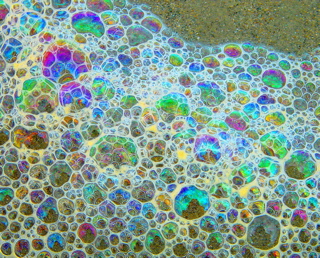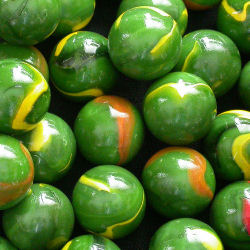|
Slow flow
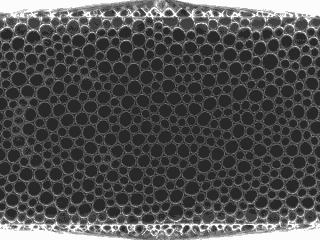
|
Contact forces
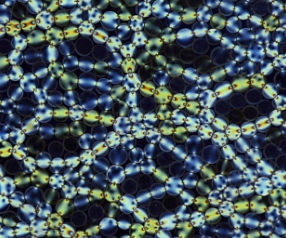
|
Stress response

|
I study the physics of a broad class of materials familiar from
everyday life. Sand piles, grain silos, shaving foam, mayonnaise, window
glass, and even cars on a highway can all, at some level, be understood
as disordered collections of particles that interact simply by getting
in each other's way.
In dense systems, this can lead to a "jamming/unjamming
transition" -- something most drivers know all too well. Much like when
a traffic jam turns the highway into a parking lot, materials that jam
or unjam go from a flowing, fluid-like state to a rigid, solid-like
state. It's reminiscent of freezing and melting, but the transition
isn't governed by temperature.
Because foams, emulsions, and
sand are disordered and because the bubbles/droplets/grains are too
large to rearrange under thermal fluctuations, these materials defy
description with many of the the textbook methods of statistical and
solid state physics. My work involves developing new theoretical and
numerical methods and exploring their consequences. To date I have
focused on two related topics. First, I try to understand the
heterogeneous (and lovely) networks of forces between grains in a
sandpile -- see the central image above, made from a special type of
grain that lights up when it is squeezed. More recently, I have become
captivated by the rheology, or flow properties, of bubbles and droplets,
like in the upper-left image on this page. Foams can be solid-like but
will flow: think of a dollop of shaving foam that can be spread on your
skin. I have found that a detailed understanding of the solid-like state
allows one to predict important properties of the flowing state.
|
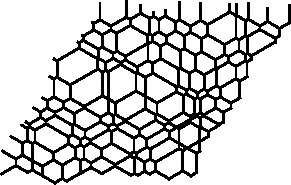
Reciprocal tiling
|
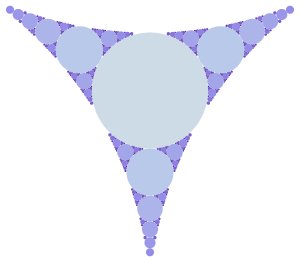
Apollonian packing
|

Elastic quadrupole
|
Flowing foam movie courtesy the van Hecke group at the Universiteit Leiden.
Images of photoelastic grains courtesy the Behringer group at Duke University.
|






